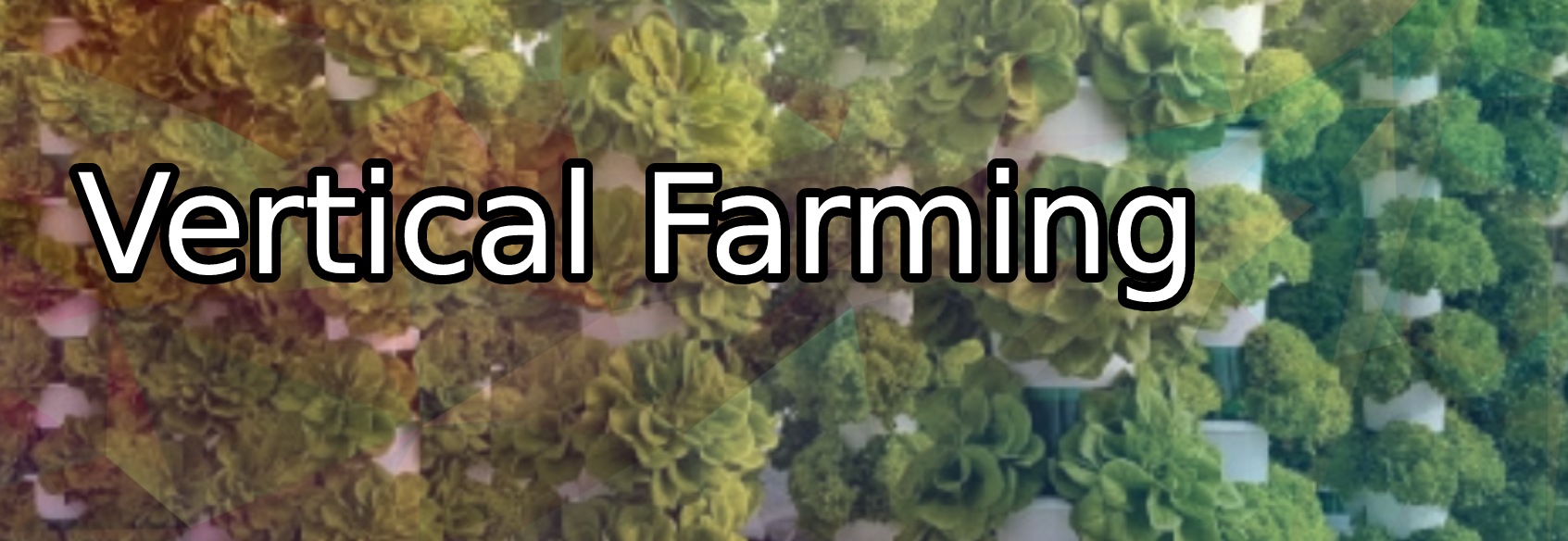What is Vertical Farming?
Vertical farming is a farming method in which crops are planted in vertically stacked layers and certain soilless farming methods like hydroponics, aquaponics, and aeroponics are used. It aims to optimize plant growth at any time of the year using controlled-environment agriculture. Vertical farming is always practiced indoors and most common locations include buildings, tunnels, abandoned mine shafts, and shipping containers. As this technology becomes more widespread, it is going to reduce the importation costs and water use which will reduce the food prices in return. By 2026, it is expected that investments in vertical farming will reach all the way up to £9.84bn. In fact, it shows such a big potential that Alphabet’s Eric Schmidt and Amazon’s boss Jeff Bezos has started a vertical farm called Plenty and it is already earning them millions.
Advantages of Vertical Farming
Vertical farming takes advantage of some rather advanced technologies like specialised LED lights which increase the crop yield up to 10 times. Also, since the crops are planted vertically, they use an immensely smaller unit area which helps with the need to reduce cultivation areas. This way we can avoid the dangers of agricultural encroachment by converting way fewer natural biomes into farming areas. Another great contribution of vertical farming is being able to harvest your desired crop approximately any time of the year. According to most experts, 2/3 of people are expected to be living in the urban areas in 5 years and this will naturally bring about an increase in the food needs in areas far from traditional open space farms. With vertical farms’ ability to be established in active parts of the cities, we can also get to buy freshly harvested fruits. We can exemplify all these advantages with Jones Food Company’s Scunthorpe vertical farm as it only employs 6 people who work throughout the year in a growing space as big as 26 tennis courts.
Disadvantages of Vertical Farming
The greatest disadvantage of vertical farming is probably its start-up cost as it costs about 850 times more than a traditional farm per square meter of arable land. However, some governments, with Japan and the US in the lead, are quickly starting to fund vertical farming enterprises and many companies are working on ways to reduce the cost. Considering the success of these researches, it seems that the start-up cost of vertical farming will be less of a problem in the near future. Also, vertical farms should be equipped with renewable energy sources as otherwise, they are likely to produce more pollution than other farming practices.
UK Projects
The UK is not slow to keep up with the developments in vertical farming, announcing several big projects just in the last year. For example, Shockingly Fresh has 5 vertical farms right now but they have announced that they are planning to raise that number to 40. With their £17m investment just in 2019, Ocado is also an important part of the development of vertical farming in the UK. Growing Underground is a great example of how we can incorporate vertical farms in our busy cities. Their farms are under the streets of Clapham and they are currently producing micro greens and salad leaves. As in the improvement side, LettUs Grow, based in Bristol, is providing farming organisations the required technology while also contributing to the researchers to make vertical farming even more effective. They have a project that uses aeroponics and Ostara which is a technology platform offering a closed loop control. Aeroponics uses 95% less water than hydroponics while also giving a higher growth rate which is possible thanks to aeroponics’ ability to put more oxygen in the root zone. Instead of submerging the roots in water as in hydroponic systems, aeroponics systems use a mist containing water and nutrients to spray on the exposed roots, creating a humid environment with a lot less water.
